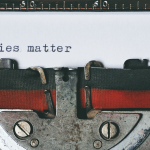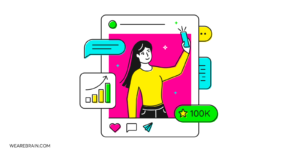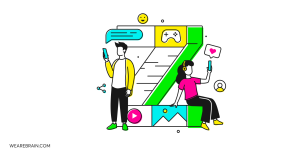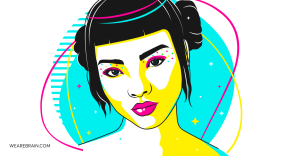Brand personality and voice: when brands become people
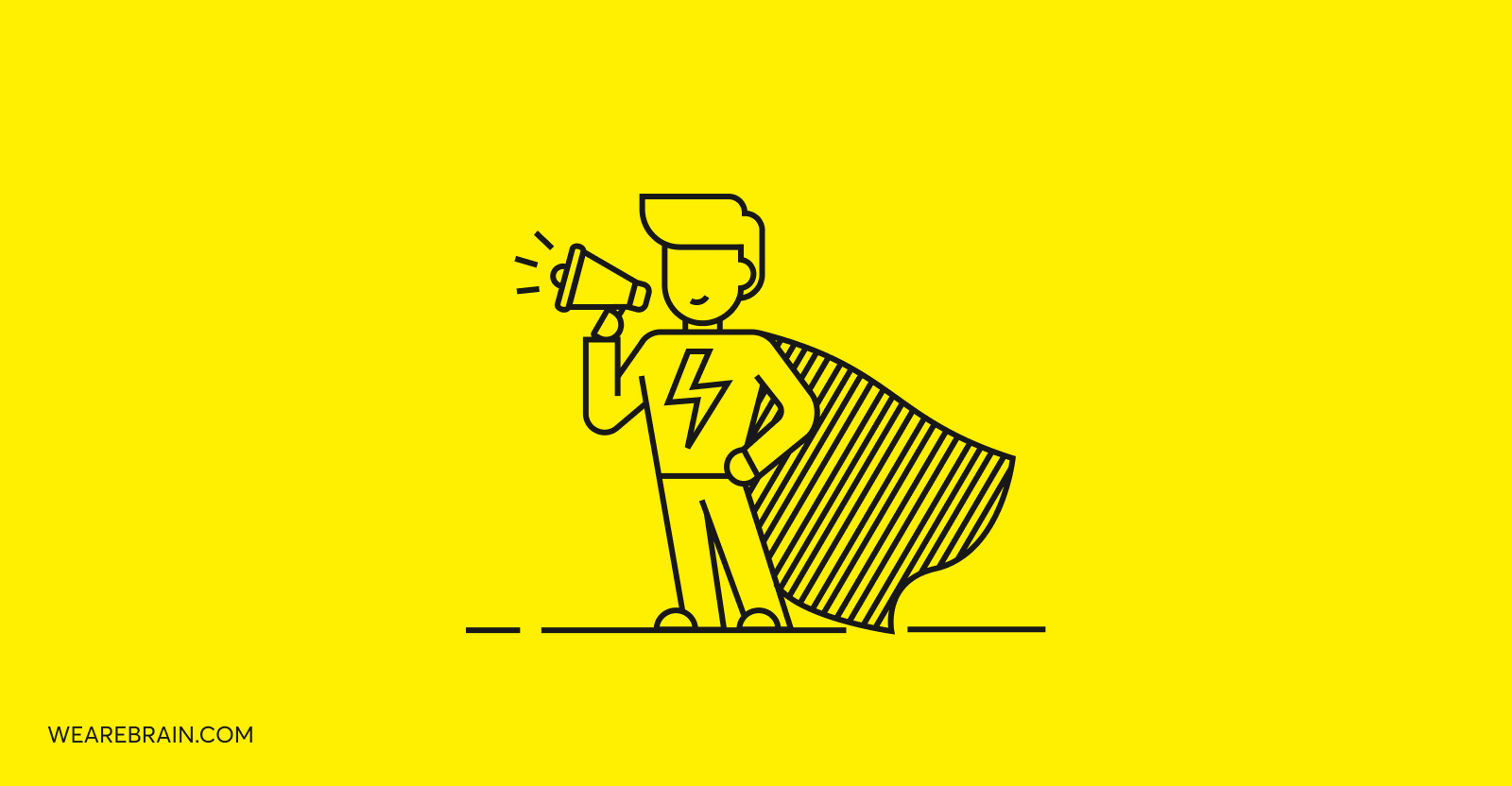
Unveil the essence of your brand by crafting a unique personality and voice, transforming how audiences connect and engage with your message.
Key takeaways
- Brand Personality Essence: Brand personality infuses human characteristics into brands, making them relatable and memorable to consumers, fostering emotional connections and loyalty.
- Establishing Brand Personality: Startups should envision their brand as a character with appealing traits to attract and retain a loyal customer base, using tools like the 5 Dimensions of Brand Personality and Brand Archetypes.
- Influential Frameworks: Jenifer Aaker’s 5 Dimensions Framework and Carl Jung’s Brand Archetypes provide structured approaches to developing a brand’s human-like attributes, facilitating deeper connections with audiences.
- Voice and Tone: The brand tone of voice extends the personality, influencing how messages are conveyed and perceived, significantly impacting customer engagement and perception.
- Engagement Through Personality: Crafting a compelling brand personality and tone of voice is crucial for establishing meaningful relationships with your audience, leading to increased brand loyalty and success.
Beyond your brand statements
Once you have established your brand vision and mission statements, you are ready to take the next step in your brand’s metamorphosis and begin crafting your brand personality, voice and tone.
When we talk about developing a brand personality, we refer to how businesses attach human characteristics and qualities to their brands to appear more relatable to customers. The act of personifying your brand gives you a unique way to connect with your audience on a personal and even emotional level. So how do startups go about hooking emotional connections from customers to retain their loyalty? By establishing a clear brand personality and values.
What is brand personality?
Much like human personality, brand personality is a powerful tool to galvanise emotional connections from audiences because it serves to set the brand apart from others. It directs the voice, tone and style (more on this later) through which the brand communicates. Customers in today’s always-on world expect brands to speak to them on a personal level through associated ‘humanness’ – like how we interact with people. Brand personality promotes human characteristics, emotions, and attributes embodied by a brand. Much like people, brands devoid of any personality are boring and easily forgotten.
Examples of leading brand personalities:
- Amazon: Reliable and trustworthy
- Apple: Sophisticated and trendy
- Land Rover: Rugged and dependable
- Tesla: Innovative and progressive
- Microsoft: No-nonsense and reliable
- WeAreBrain: Innovative and professional
How to establish your brand personality?
If your brand was a living, breathing person, what would they look and sound like? How would they approach things? What characteristics does your brand display that would entice people to interact or ‘hang out’ with your brand more than any of the many others out there competing for the same ‘circle of friends’?
These are some of the fundamental questions startup founders and marketers need to address when trying to establish a brand personality. Imagine you are writing a novel or screenplay for a story and you are creating the personality of your lead character. You want your protagonist to be easily relatable to a wide range of people. These audiences are invested in emotionally because they either share the same values as the character or sympathise with their cause.
Whatever the motive, you need to think of your brand as a character which people will immediately relate to. It is no secret that humans are more inclined to like someone when they are similar to themselves or have similar aspirations. Tapping into this is crucial to successful brand engagement and loyalty. The best way to do it is by exploring the 5 dimensions of brand personality.
The 5 dimensions of brand personality

Leading behavioural scientist, author, and General Atlantic Professor at Stanford Graduate School of Business, Jenifer Aaker, developed a physiological outline showing that there are intrinsically 5 dimensions to a human’s personality. Each dimension comprises certain physiological facets which, in turn, contain certain personality traits.
Aaker’s framework is used by marketing professionals around the world as a tool to find ways to establish emotional connections between brands and customers. It is a toolkit to help you develop the human characteristics of your brand, which will enable personalised connections with your audience. It can also be useful in the process of building a sustainable brand, which will benefit from embracing certain dimensions more than others.
When you think of any brand, you will see how their brand personalities have one or many human attributes in Aaker’s framework. Marketing executive/guru Felicia C. Sullivan explains how she uses Aaker’s framework to help global businesses establish their brand personality:
“To apply these to a brand, you rank the traits on a scale of one to five, with one being the least representative of your brand and five being the most. The 5 Dimensions Framework can be used to compose the personality of a new brand or to articulate a brand’s current state (defined by customer perception and attitudes) and future state (defined by desired perception).”
Felicia C. Sullivan
Brand archetypes

Another great tool to use to develop your brand personality is to leverage the personality traits of brand archetypes, introduced by psychiatrist Carl Jung and further developed by Dr Carl Pearson. Each archetype represents a specific type of person with different underlying motivations and goals.
To really bring brand archetypes to life some branding teams have actually allocated fictional and non-fictional characters to an archetype so that you can truly understand what kind of personality the brand would embody. As you can see by the examples shown in the diagram below Katniss from the Hunger Games and Merida from the Disney universe represent the hero archetype. Both displaying characteristics like bravery and honour, while Elsa and President Snow are the ruler archetype. What’s interesting of course is that while Elsa is an example of a ruler that is ‘good’, President Snow represents a ruler archetype that is ruthless and more villainous.
“When working with other clients on their brand we often make use of the brand archetypes. It’s one of the easiest ways to help business owners understand how to personify a brand and why it’s an important thing to do. Exploring the detailed characteristics of the brand they’re wanting to create helps them to measure accurately, whether or not the message they’ve created around their product or service resonates with their audience,” says Paula, WeAreBrain Marketing & Communications Director.
Brand tone of voice as the extension of your brand personality
The underlying structure of a brand personality is how brands fundamentally speak to audiences. Brand tone of voice doesn’t refer to what you say but how you say it. It helps set your brand apart and gives your customers an idea of who is behind the brand. This can be especially important for direct-to-consumer brands, which target customers directly and don’t establish contact through retailers or wholesalers like many others do.
Try to think about how you want your audience to feel when they read your content. Should they feel amused, informed, advised, empowered or something completely different? But it’s not just the written word that plays a part. Your visual identity also helps bring your brand personality to life.
For example, we strive to inspire and inform our WeAreBrain audience through our content and engagement. Our brand voice and tone show that we like to bring a unique vision and approach to tech-related subjects. We feel that authentic self-expression is the key to innovation and our messaging is delivered passionately.
Think about how your brand tone of voice will make your target audience feel. When your audience is feeling anything prompted by your communication then they are engaged and ready for brand buy-in.
Summary
The primary aim of all competent marketers and eager startup entrepreneurs should be to establish emotional connections with their audiences by way of a well-crafted brand personality. Brand personalities display human characteristics that help with facilitating engagement with audiences. When they echo with the aspirations and characteristics of audiences, it makes brands instantly relatable and engaging. Once you have an actively engaged audience your brand communication and marketing efforts will have a higher success rate. Making your brand a ‘person’ with human characteristics that audiences want to hang out and engage with will help you establish a solid foundation of happy, engaged and, most importantly, loyal customers.
Paula Ferrai
Working Machines
An executive’s guide to AI and Intelligent Automation. Working Machines takes a look at how the renewed vigour for the development of Artificial Intelligence and Intelligent Automation technology has begun to change how businesses operate.


